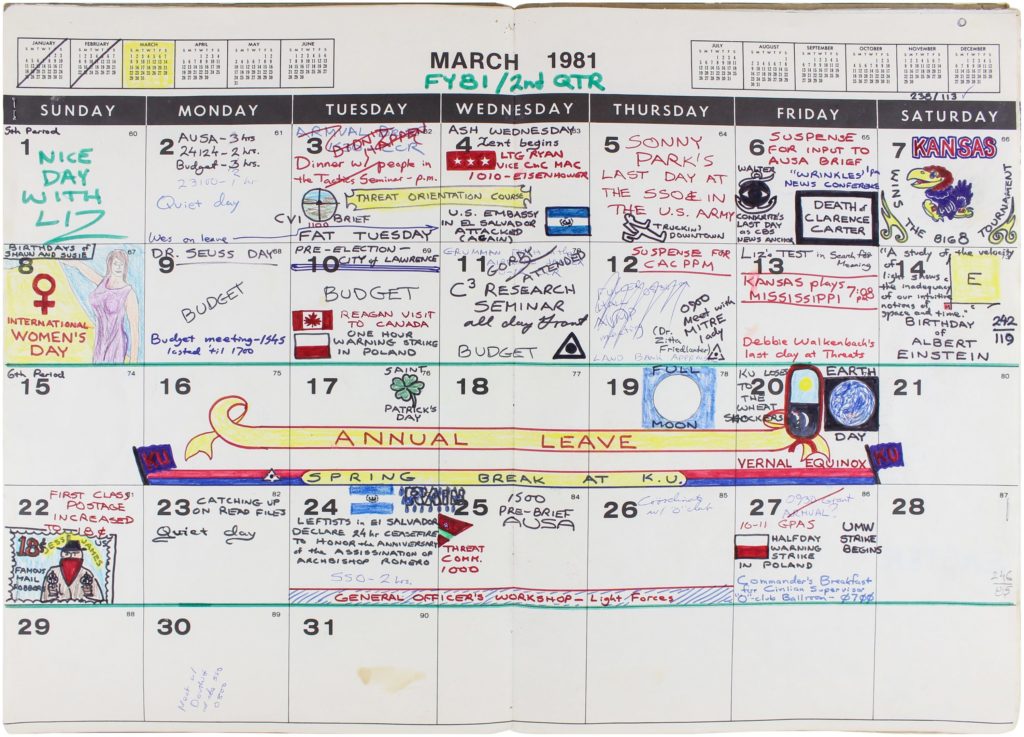Scientists have Watch Mound Daughterscored a pristine view of a pair of exotic worlds orbiting a star more than 300 light-yearsaway — one with sand-like clouds and another surrounded in spaceby moon-makingmaterial.
The discoveries come from YSES-1, a star system in the deep southern sky. Using the James Webb Space Telescope, a collaboration of NASAand its European and Canadian counterparts, a team of astronomers saw so-called "silicate clouds" directly for the first time on an exoplanet, a world far beyond our own solar system. The team's detection of a dusty disk around the sibling planet is also rare, perhaps just the third time scientists have seen one so clearly.
Webb usually observes exoplanets through indirect methods, such as transmission spectroscopy, a technique for studying a planet's atmosphere by analyzing how starlight filters through it. What distinguishes this new research is that the two worlds — YSES-1b and YSES-1c — were directly imaged, meaning the telescope captured light from the planets themselves.
Sitting far from their host star, these young planets glow from the leftover heat of their formation. Thanks to their temperature, size, and distance, the result is a clean picture of the exoplanets in thermal infrared, allowing scientists to get much more data.
"What's really cool about this system is that unlike most planets, we can actually take a picture of them!" said Evert Nasedkin in a post on the social media platform Bluesky. You can see the image further down in this story.
SEE ALSO: A tiny star gave birth to an absolute giant. Scientists are puzzled.The idea for this groundbreaking project began long before Webb was even open for business, said Kielan Hoch, lead author of the researchrecently published in the journal Nature.
Scientists hypothesized the telescope could get both worlds in a single shot, "essentially giving us two for the price of one," Hoch said in a statement.
What's really cool about this system is that unlike most planets, we can actually take a picture of them! We used the NIRSpec and MIRI instruments on JWST to observe nearly the full spectra of each of these exoplanets.
— Evert Nasedkin (@evertnasedkin.bsky.social) June 10, 2025 at 1:15 PM
[image or embed]
These two gas giant planetsweigh five to 15 times the mass of Jupiterand orbit far from their host, a star similar to the sun. What's different is that it's only about 16.7 million years old, a mere whippersnapper compared to our middle-aged, 4.6 billion year-old sun. The planets are also in extremely distant orbits. YSES-1b, the innermost of the two, is still perhaps four times farther from its star than Plutois from the sun.
But given only a handful of known exoplanets can be directly imaged, the study has offered scientists a unique opportunity to see an early stage of a developing star system. From these observations of the YSES-1 system — the letters in its name stand for Young Suns Exoplanet Survey— astronomers can gain insight into how planets and moons form and evolve.
SEE ALSO: Webb discovers a distant moon has an intriguing similarity to EarthFew distant worlds meet the criteria for direct imaging because planets are often millions of times fainter than the stars they circle. And if they are orbiting close by, their own light usually gets swamped.
 The James Webb Space telescope captures a direct image of exoplanets YSES-1b and YSES-1c with its Near-Infrared Spectrograph instrument. Credit: NASA/ ESA / CSA / Hoch et al. / Nature
The James Webb Space telescope captures a direct image of exoplanets YSES-1b and YSES-1c with its Near-Infrared Spectrograph instrument. Credit: NASA/ ESA / CSA / Hoch et al. / Nature But scientists want these images because there is so much to learn from them. Molecules within a planet's atmosphere absorb certain colors of light, so when astronomers study a planet's spectrum, they can look for what's missing from the rainbow to determine which gases — like water, methane, and carbon dioxide — are present in the planet's air. For the YSES-1 system, scientists not only saw molecules in the direct imaging but detected cloud particles and a dust disk.
On YSES-1c, rather than water vapor, the clouds are made of hot, ultra-fine rock grains. While Earth's clouds are often white and pillowy, these are probably hazy and dark, filling the sky with something akin to a glass powder. You can think of these silicate cloudssort of like the plumes of mineral ash that vent out of volcanoes.
YSES-1b is even "weirder,"said Nasedkin, one of the coauthors. Around it is a so-called circumplanetary dust disk that could serve as a birthplace for moons, similar to those seen around Jupiter. Scientists used computer models to figure out that the dust is hot — about 400 to 600 degrees Fahrenheit.
Because this particular disk is much older than two previously found around other unrelated exoplanets, what is creating or sustaining it is a mystery. The original disk of planet-building material around the star is long gone, so the researchers have ruled that out as the source.
"It's possible that we're seeing the dust emitted by collisions of moons and other small, rocky bodies left over from the planet's formation!" Nasedkin said.
 The Mismeasure of Media
The Mismeasure of Media
 A Disgruntled Federal Employee’s 1980s Desk Calendar
A Disgruntled Federal Employee’s 1980s Desk Calendar
 50+ best early Cyber Monday monitor deals: Save up to $800
50+ best early Cyber Monday monitor deals: Save up to $800
 Early Cyber Monday Fire TV deals 2023: Amazon's sale is live
Early Cyber Monday Fire TV deals 2023: Amazon's sale is live
 80+ early Cyber Monday Apple deals: AirPods Pro are $169
80+ early Cyber Monday Apple deals: AirPods Pro are $169
 9 early Cyber Monday laptop deals under $500
9 early Cyber Monday laptop deals under $500
 Best Beats Cyber Monday headphones deals: save $50 on the Beats Fit Pro and more
Best Beats Cyber Monday headphones deals: save $50 on the Beats Fit Pro and more
 How to Settle Down with Dystopia
How to Settle Down with Dystopia
 Abridged Classics by John Atkinson
Abridged Classics by John Atkinson
 NYT Strands hints, answers for May 5
NYT Strands hints, answers for May 5
 Meta Verified: Who shouldn't use the service
Meta Verified: Who shouldn't use the service
 Toothless: On the Dentist, Powerlessness, and ‘Pnin’
Toothless: On the Dentist, Powerlessness, and ‘Pnin’
 Poetry Rx: It’s Not Sad at All, Any of It
Poetry Rx: It’s Not Sad at All, Any of It
 The cicadas aren't invading the U.S.
The cicadas aren't invading the U.S.
 Early Cyber Monday MacBook deals: M1, M2, and M3 at record lows
Early Cyber Monday MacBook deals: M1, M2, and M3 at record lows
 Helen DeWitt Lacerates the Literary World
Helen DeWitt Lacerates the Literary World
 15+ early Cyber Monday 2023 Chromebook deals at Best Buy
15+ early Cyber Monday 2023 Chromebook deals at Best Buy
 A Typical Wall Street Republican
A Typical Wall Street Republican
 How to embrace your bisexual identity when you're in a relationship with a man
How to embrace your bisexual identity when you're in a relationship with a man
'Crazy ExDoorDash helps users combat food wasteMorgan Freeman had 1 very blunt comment about his SAG Award statueApple announces iOS 11.3 coming in spring with iPhone throttle settingReddit finds a hilarious childhood picture that makes them wonder whether their parents ever caredRIP Ursula K. Le Guin, dreamer of the best dreamsAziz Ansari's career isn't over. What happens now?Space startup Rocket Lab successfully sent a rocket to orbitIn a first for video games, a major sports league is making its own gameBill Cosby did a surprise comedy show, and yes, he's still accused of sexual assaultOngoing feud between hotel and YouTuber escalates even more dramaticallyOngoing feud between hotel and YouTuber escalates even more dramaticallyApple discontinuing the iPhone X in 2018 makes complete senseSnapchat update lets Stories spread via text, email, even FacebookApple HomePod will finally arrive on Feb. 9James Franco accusers tell their story on 'Good Morning America'DuckDuckGo mobile app promises private web browsingApple announces iOS 11.3 coming in spring with iPhone throttle settingWhy a new rule could explain why 'The Boss Baby' got an Oscar nomA robot chef cooked my lunch, and it was delicious Amazon Echo Look is first smart home device Kim Kardashian could love The next time you're thinking of planning a quirky first date, don't This '13 Reasons Why' theory says someone is a ghost which lol no way These gloriously impractical VR goggles are the next Google Glass OMG Jeff Goldblum will return in 'Jurassic World' sequel 8 badass facts about Tom Hardy you might not know Here are some good cats and dogs who are working their summer haircuts What's coming to Hulu in May 2017 Gett buys Juno, making your ride State Department says it will consider reviewing content after Mar Dude trolls Starbucks baristas with a bunch of weird containers to fill up with coffee United is in trouble yet again after giant rabbit dies on flight Coachella, we need to break up Soon you'll be able to experience what it feels to be an 'Alien' neomorph A newly developed artificial womb could save lives Fox News now has a racial discrimination lawsuit on its hands 'Silence of the Lambs' director Jonathan Demme dies at 73 How a Hollywood writers' strike will affect your favorite TV shows If you have a spare $1.4 million lying around, you can get this solid gold Darth Vader mask We can't stop watching this flippin' dog video
2.1706s , 10138.15625 kb
Copyright © 2025 Powered by 【Watch Mound Daughter】,Co-creation Information Network